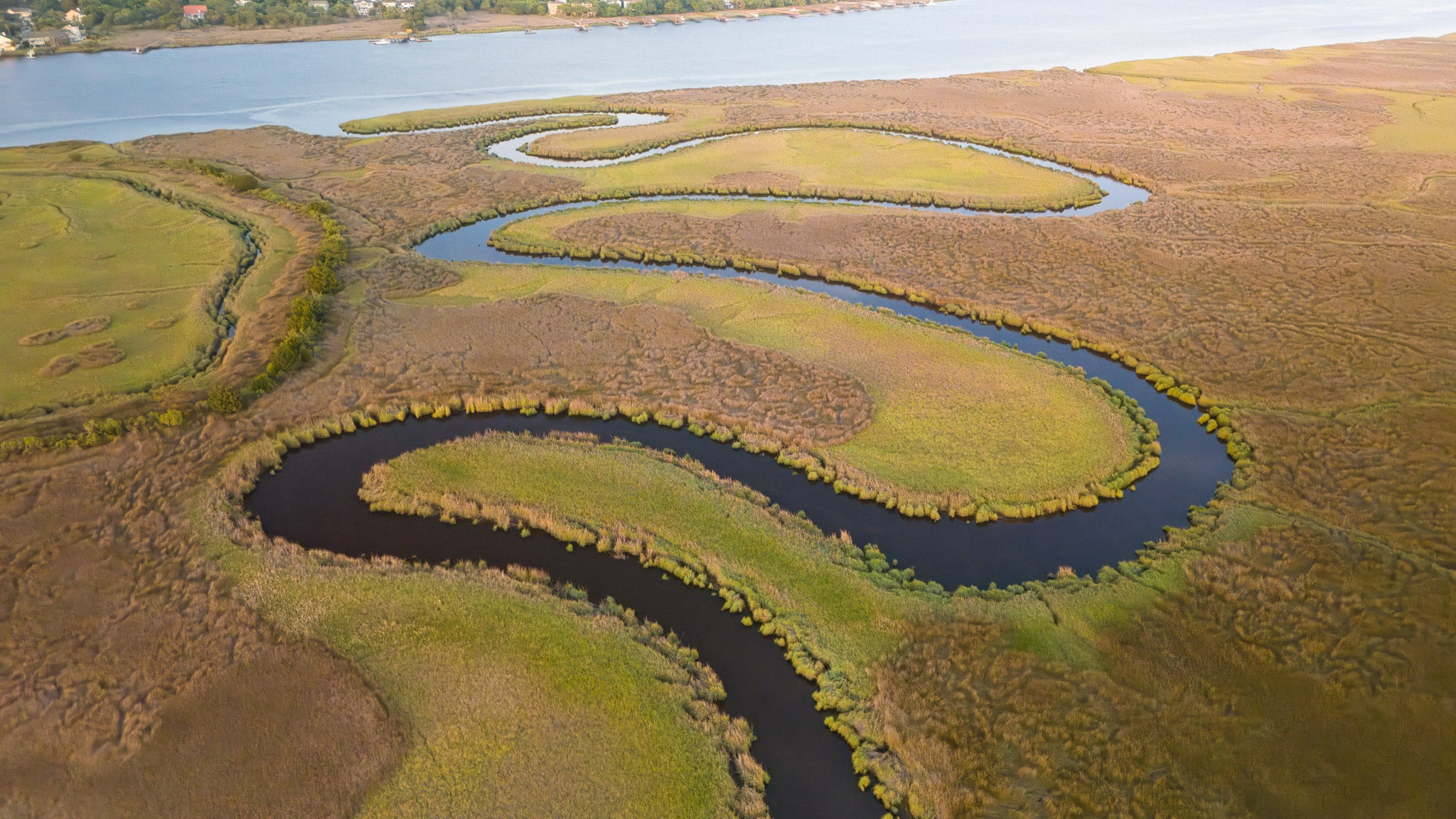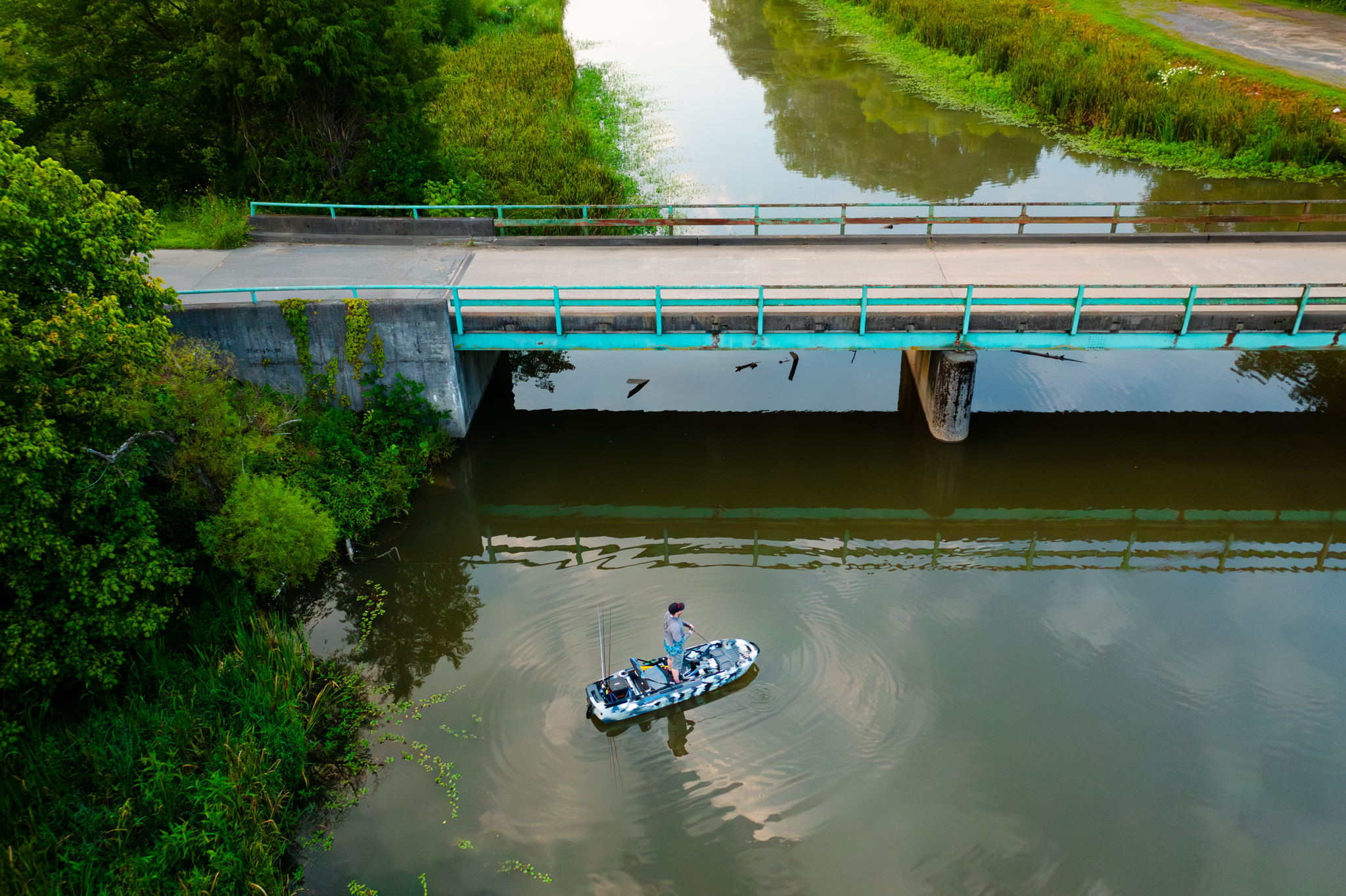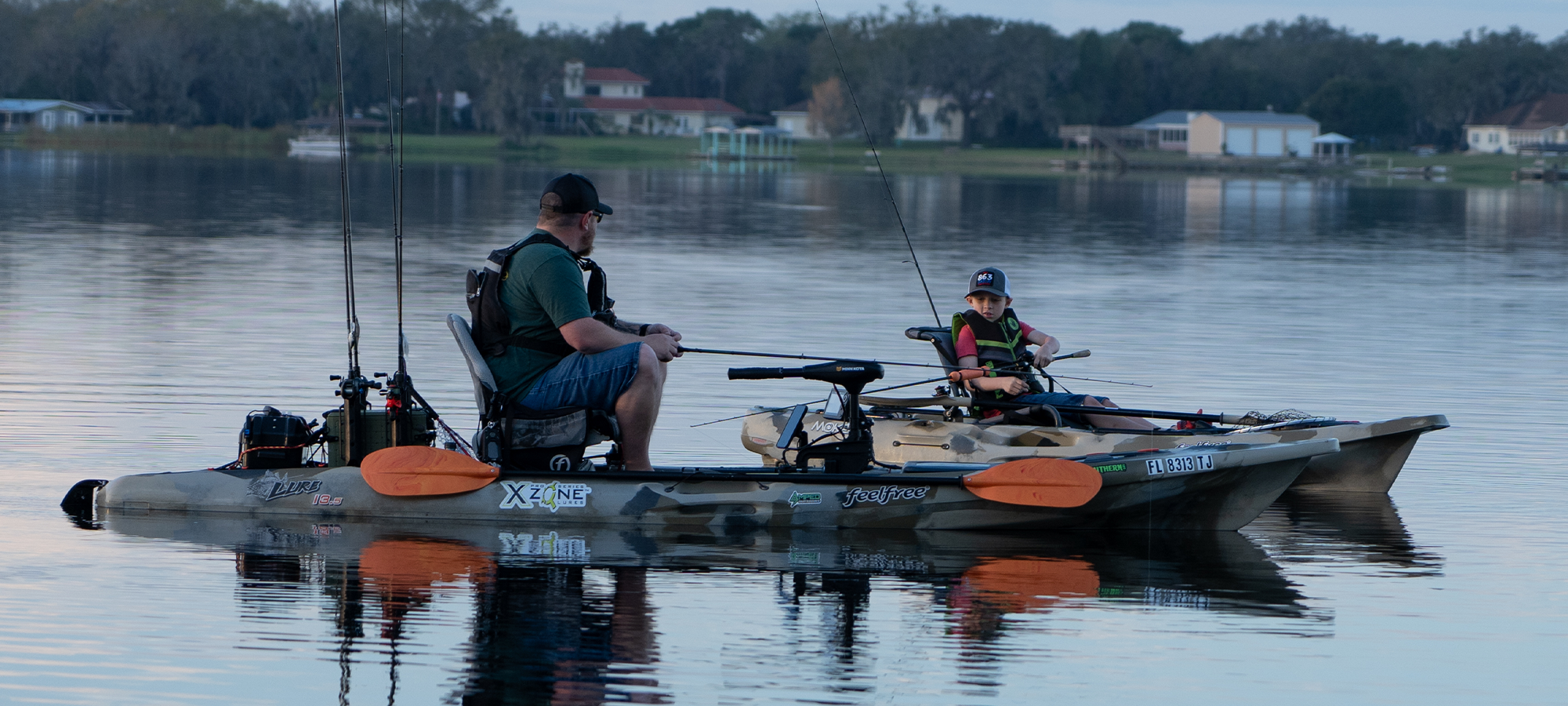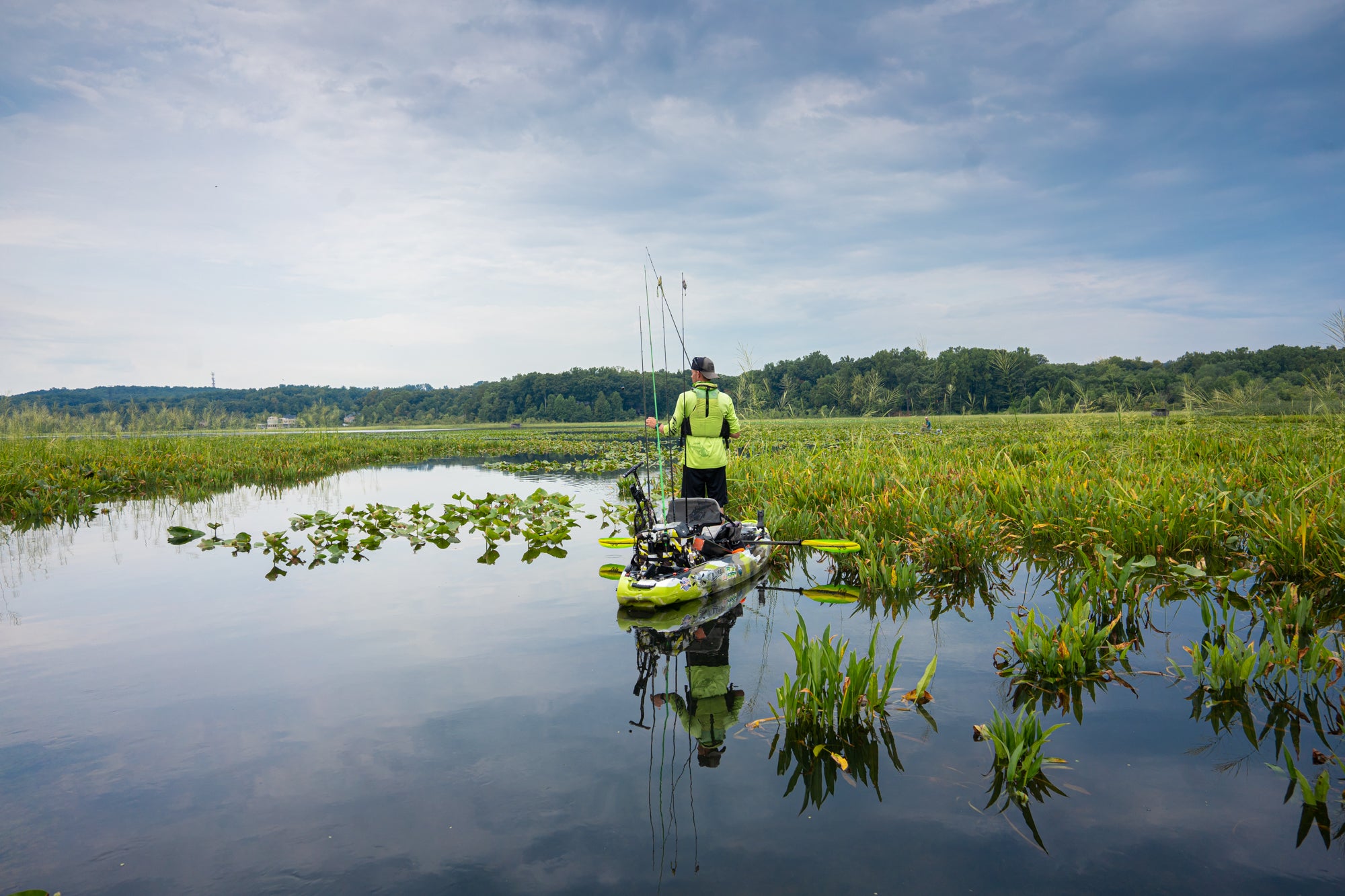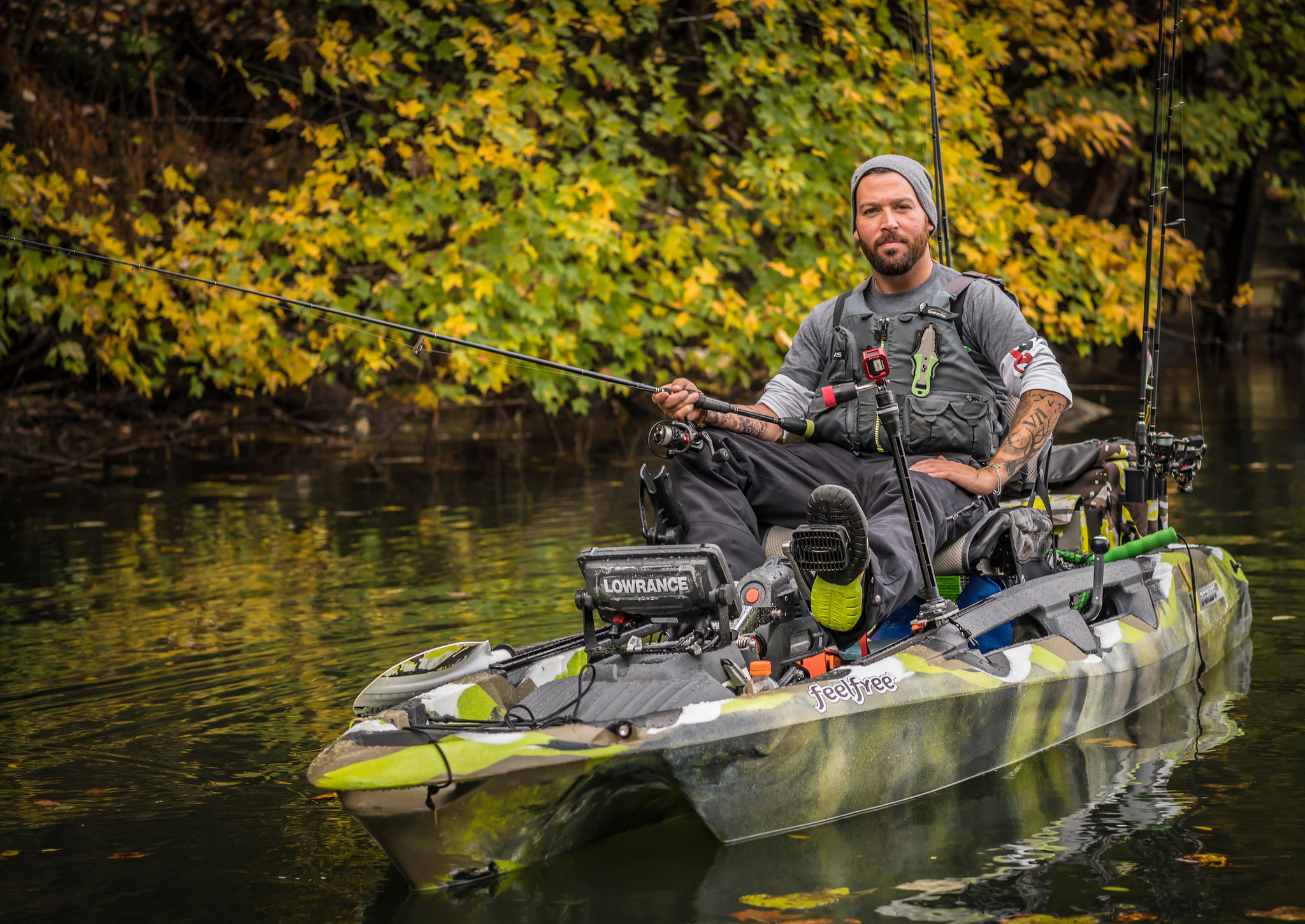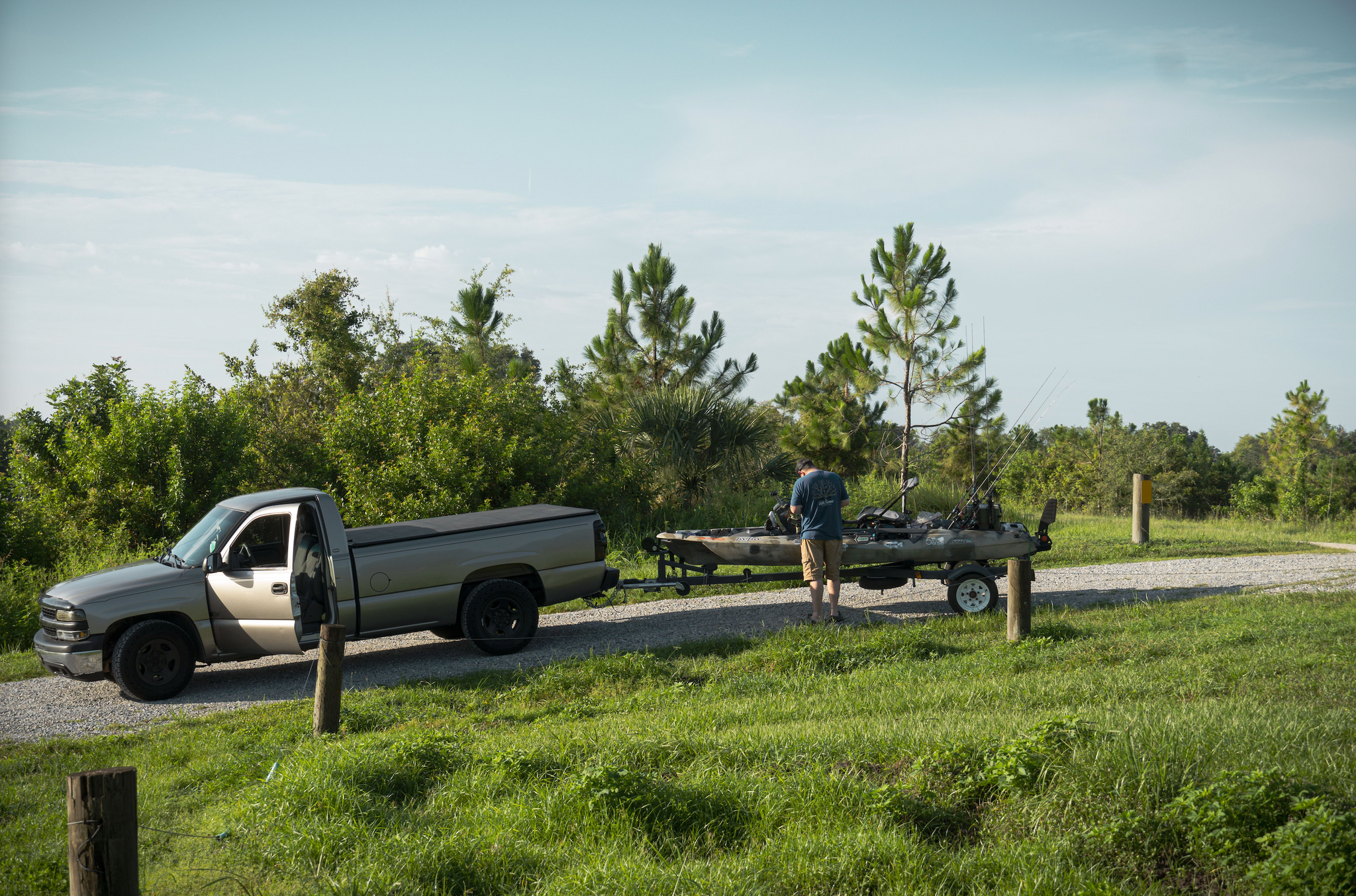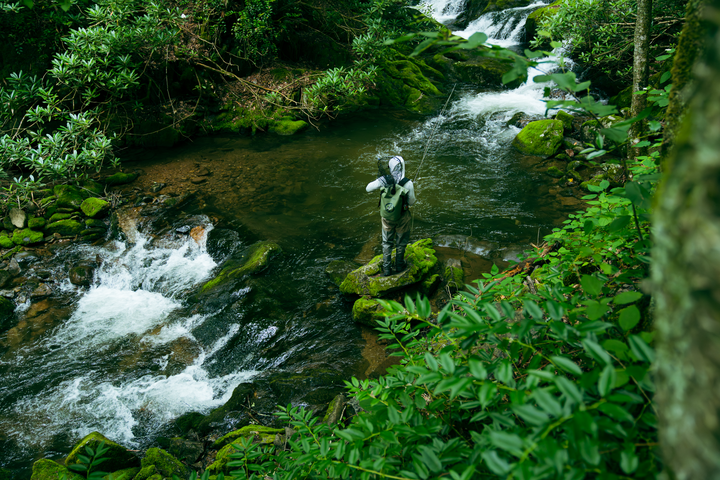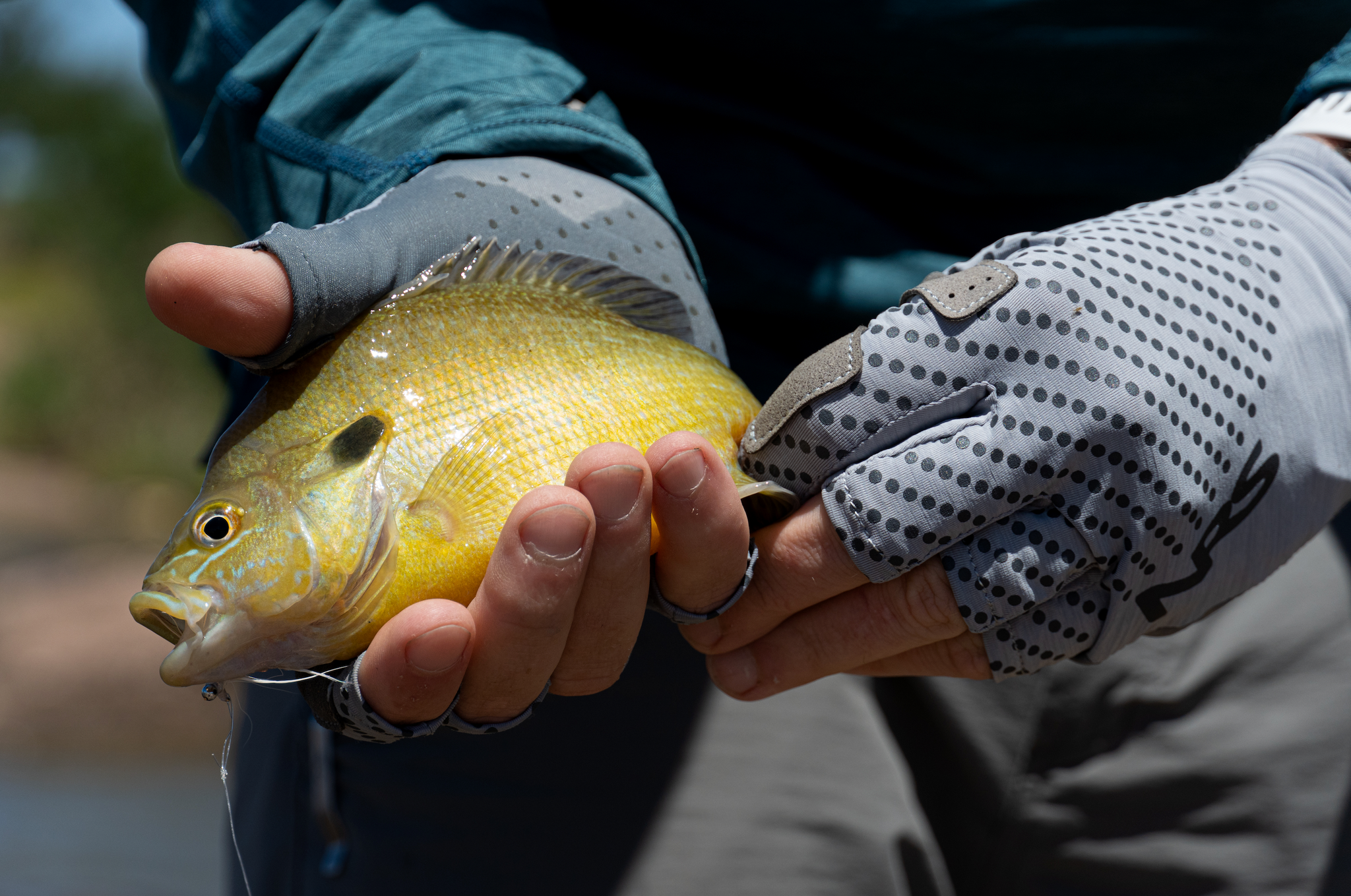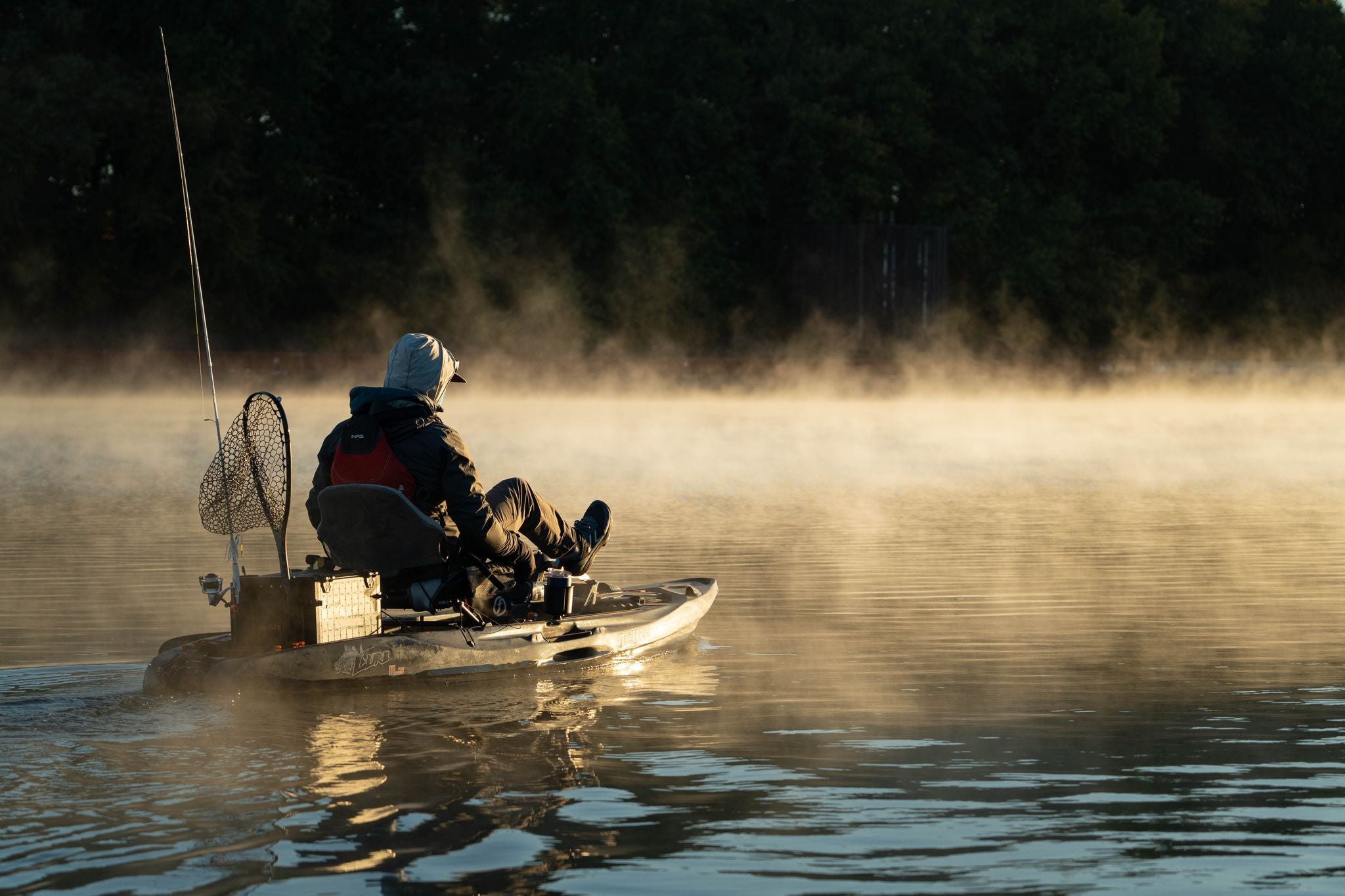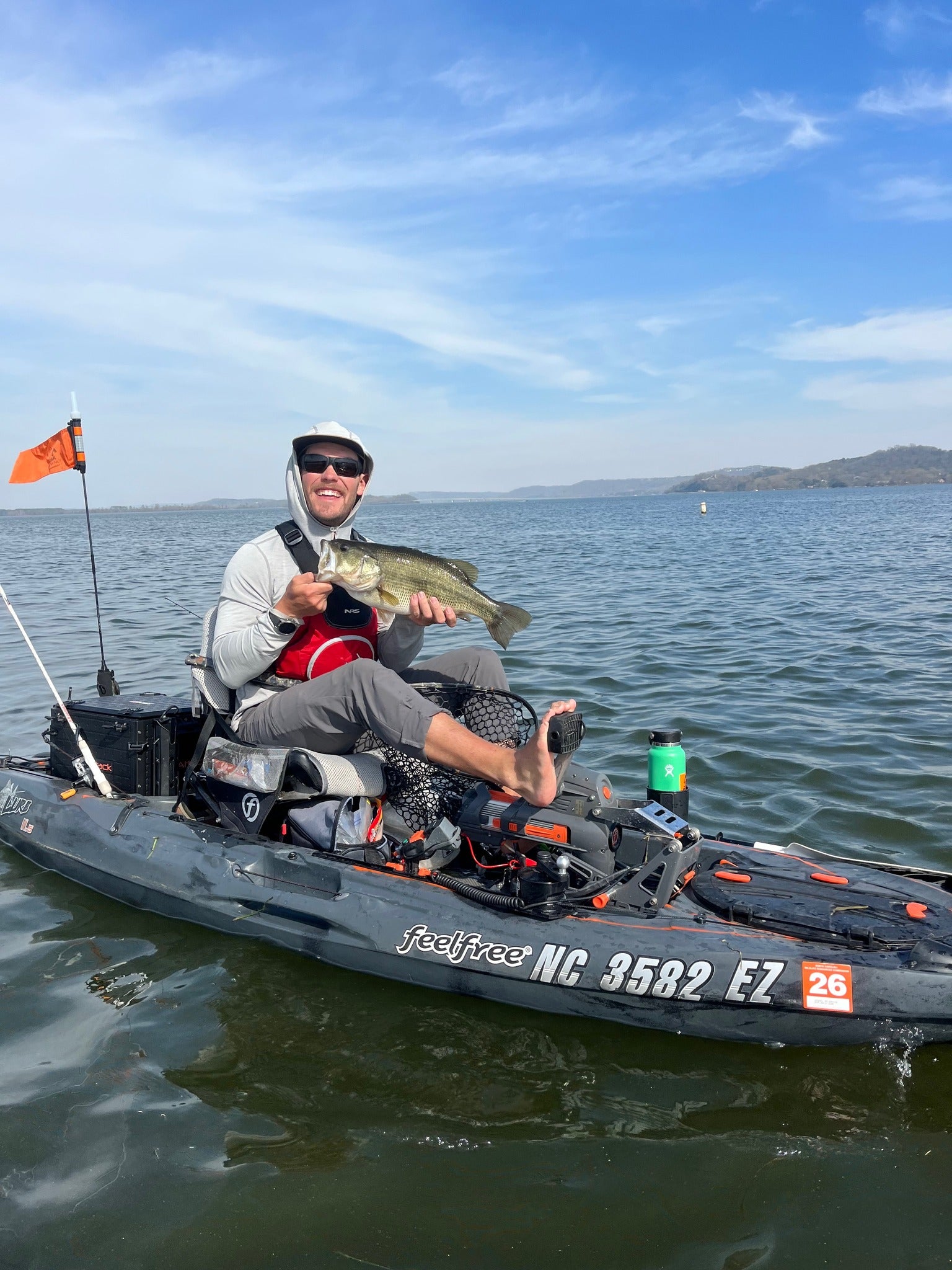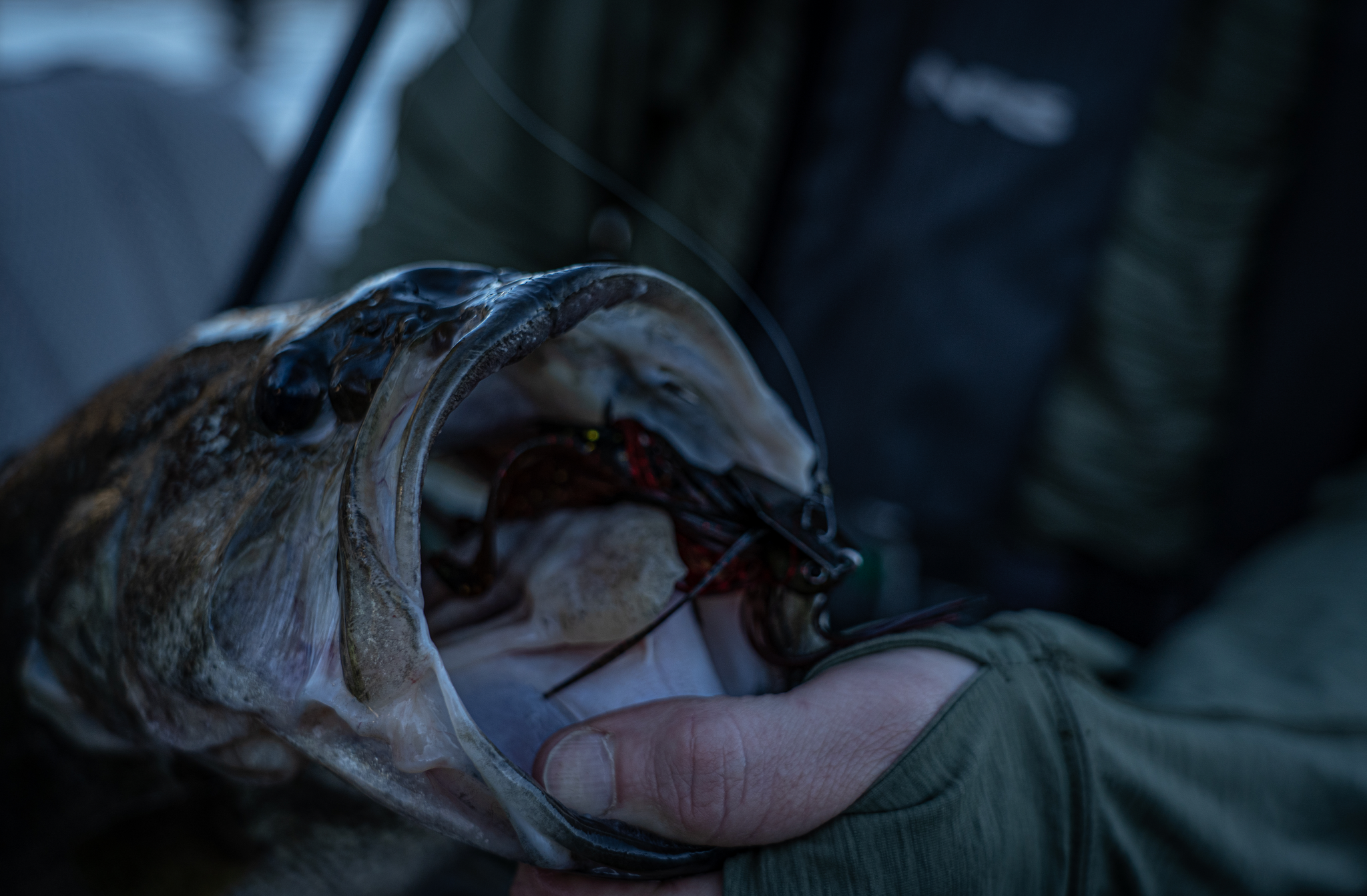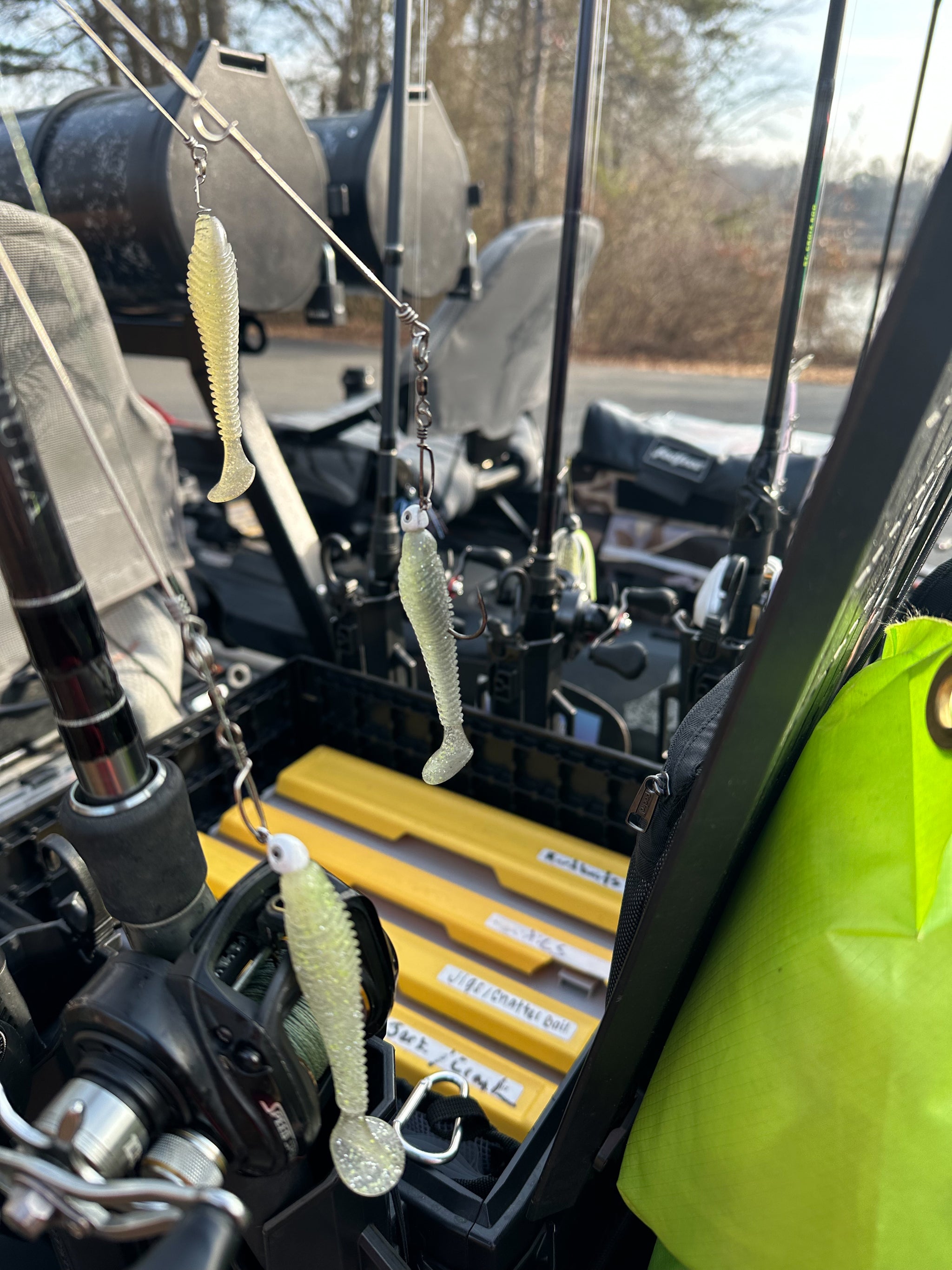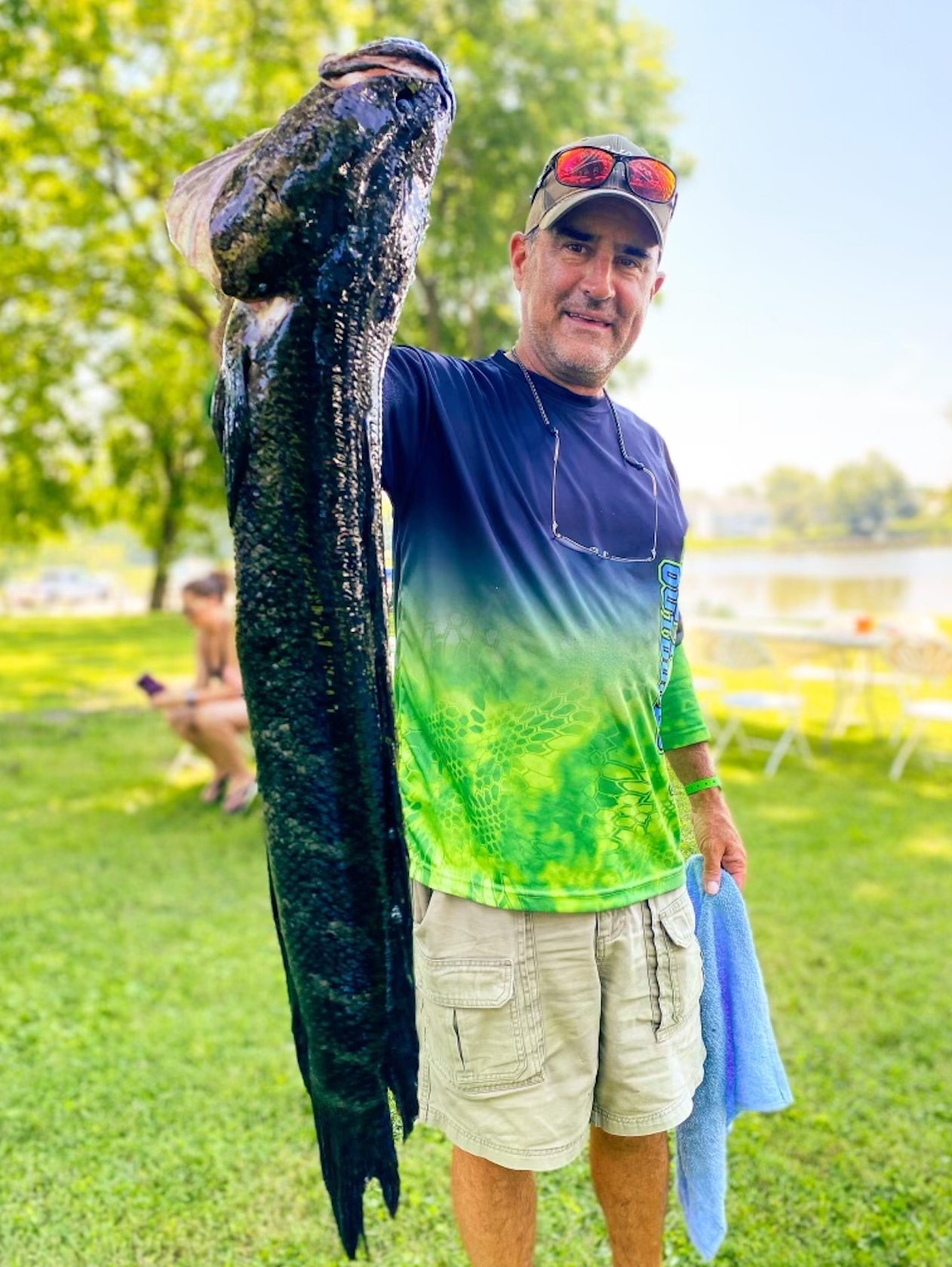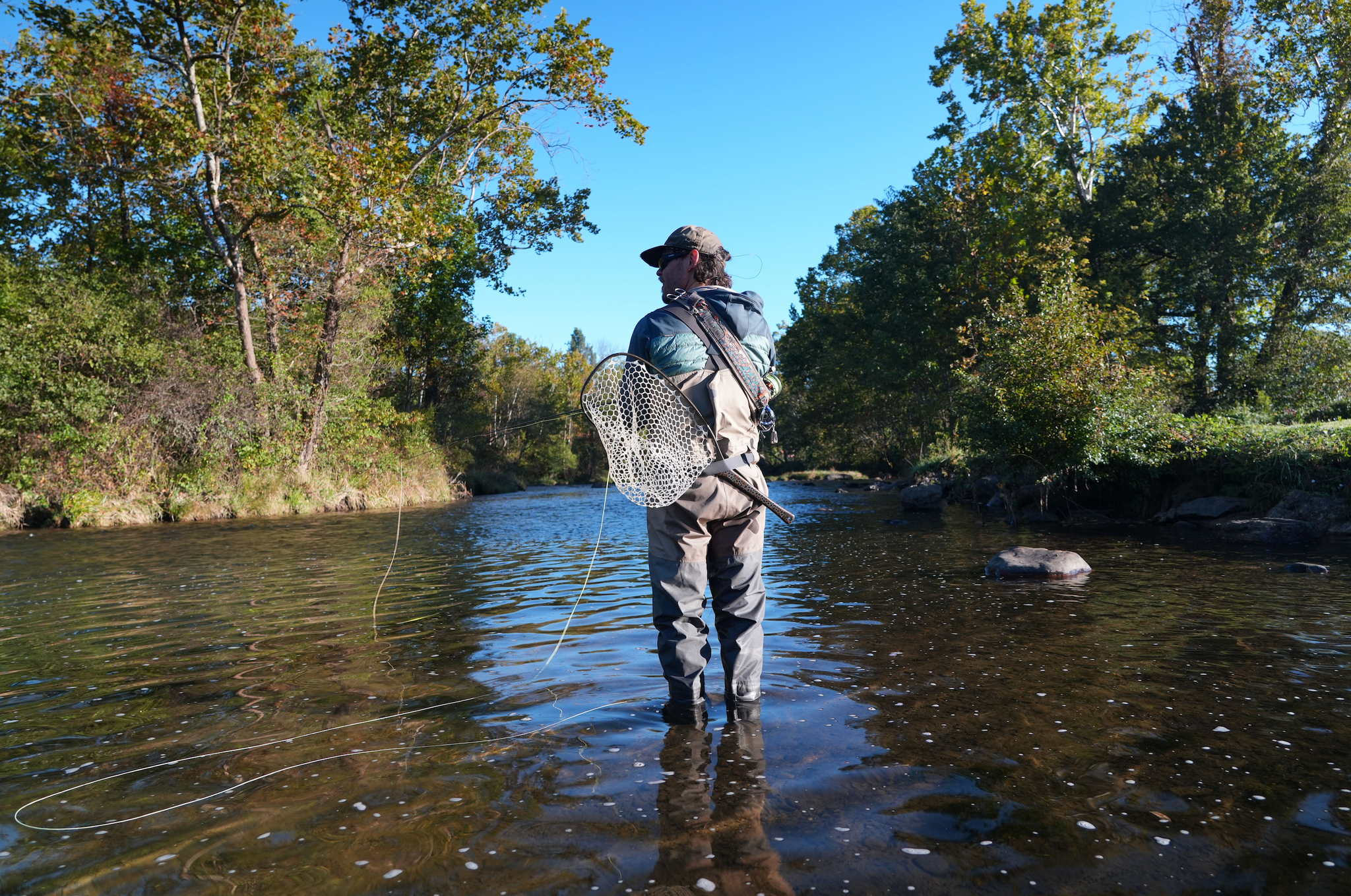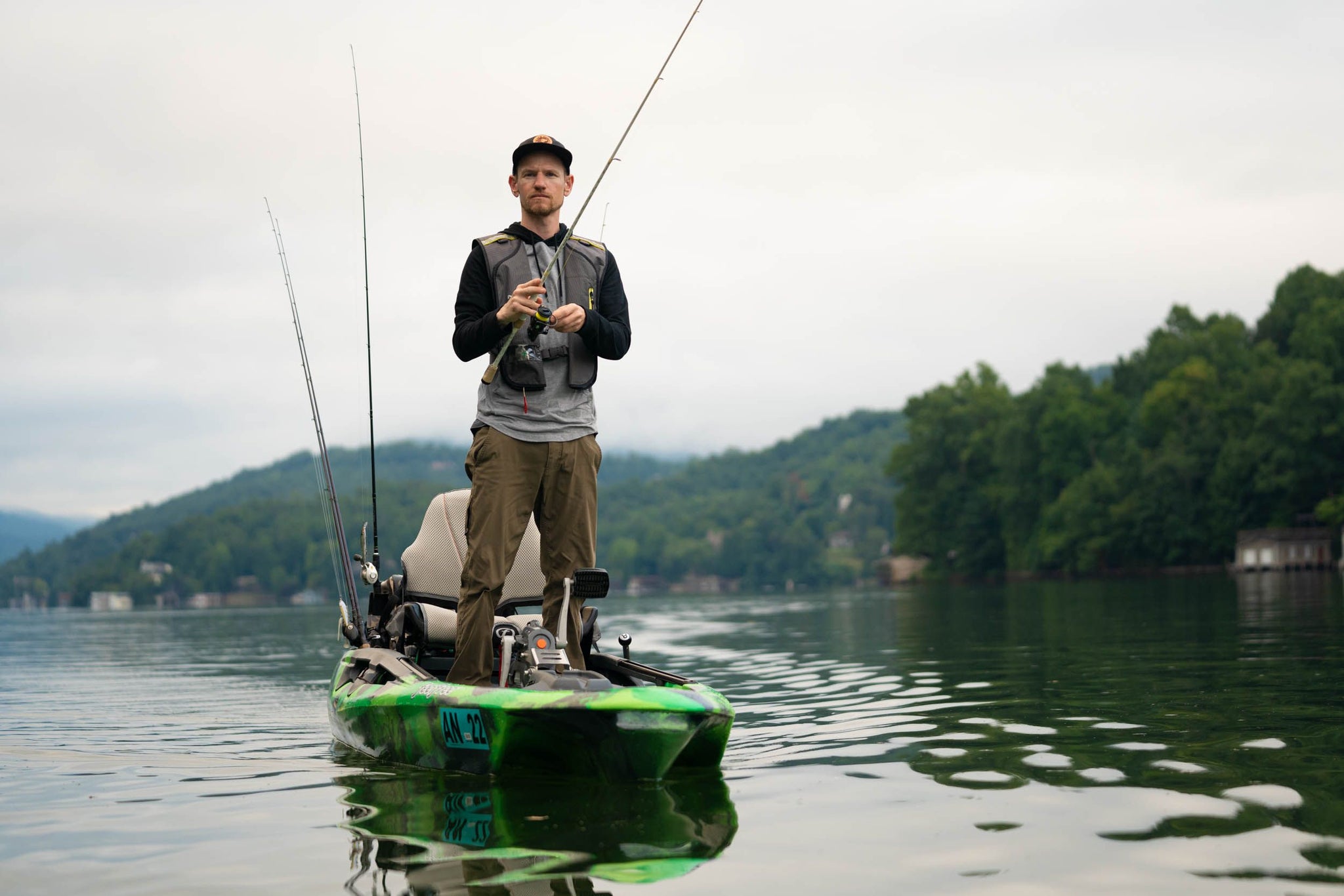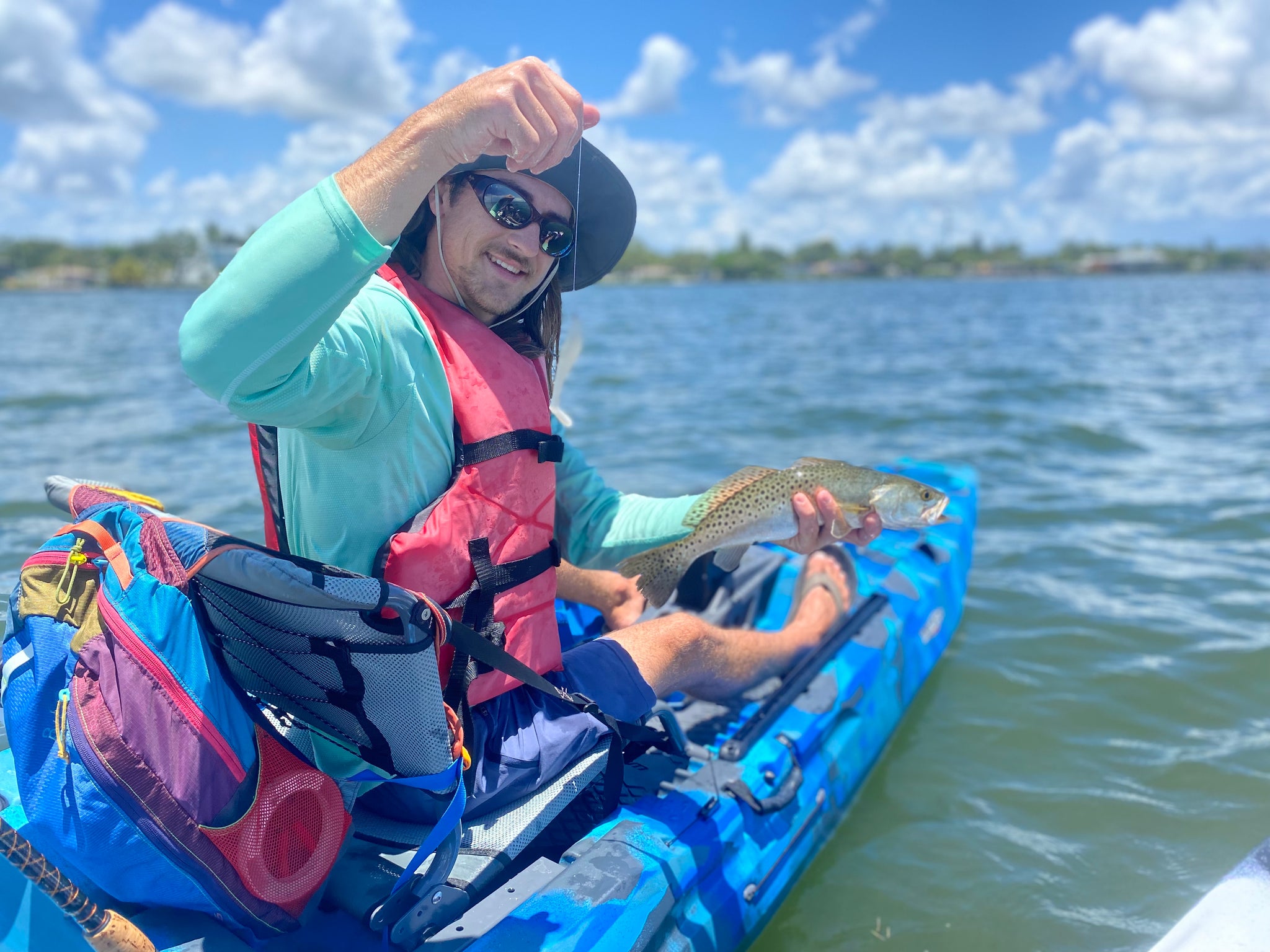Adapting to Extreme Weather: Winter to Spring Fishing Tactics
February 13, 2025
The past few months have been nothing short of extreme—historic flooding, devastating wildfires, and winter cold snaps that we haven’t seen in years. Yet, despite the wild weather, dedicated anglers have been determined to stay on the water. Today, we sit down with local fishing guide Jake Smith from Connecting the Dots Fishing Guides to break down the current winter bite, how recent conditions have affected fish behavior, and what anglers can expect as we transition into spring.
Recent flooding has dramatically altered water conditions, affecting clarity and fish behavior. Many reservoirs that were typically clear are now murky, and some watersheds have been completely reshaped by silt deposits, fallen trees, and shifting structure. “The best way to adapt to these conditions is to stay on the move,” Jake explains. “You need to focus on efficient presentations—covering water quickly until you find active fish, then slowing down to fish thoroughly.”
To adapt, here are the top techniques and how to fish them effectively:
Underspins
Best for: Covering water and attracting fish in murky conditions.
How to Fish It: Use a slow, steady retrieve with occasional pauses to allow the blade to flutter. This mimics a struggling baitfish. In stained water, opt for a larger profile with a bright or white swimbait trailer for better visibility.
Spinnerbaits
Best for: Low visibility conditions where flash and vibration attract fish.
How to Fish It: Slow roll the bait along structure like submerged logs and rock transitions. If the water is colder, try "slow waking" it just below the surface for a subtle but effective presentation.
Bladed Jigs (Chatterbaits)
Best for: Triggering reaction strikes in muddy water.
How to Fish It: Fish it along grass lines, flooded timber, and points, varying your retrieve speed. In colder water, use a trailer with less action (like a fluke), while in warmer conditions, a swimbait or craw-style trailer can add extra movement.
Winter Cold Fronts & Water Temperature
This winter has brought serious cold snaps—snow, wind, and a deep freeze followed by sudden warm-ups. While rising temperatures usually trigger more activity, Jake noticed an interesting pattern:
“I assumed the first warm-up would fire the bass up, but when I got on the lake, the water temp had dropped to 35°F. The ice melt actually introduced more cold water, pushing the fish deeper into the thermocline and slowing their metabolism.”
When fish are sluggish and holding deeper, electronics and graph discipline become key. Watch for bait concentrations and subtle shadows on side imaging that indicate fish.
Top Techniques for Deep, Cold-Water Fishing
Drop Shot
Best for: Targeting suspended or finicky fish.
How to Fish It: Use a 4-6” finesse worm or shad-style bait. Position your drop shot just above the fish depth and shake it gently to entice bites.
Texas Rig
Best for: Fishing deep cover like rocks, ledges, and brush piles.
How to Fish It: Use a compact soft plastic like a creature bait or worm. Drag it slowly along the bottom, occasionally shaking it to mimic a crawfish or dying baitfish.
Blade Baits
Best for: Vertical jigging when fish are tight to the bottom.
How to Fish It: Drop it straight down and use a lift-and-fall motion. Pay close attention, as fish often bite on the fall. If they aren’t reacting, switch to subtle, short hops along the bottom.
Looking Ahead to Spring Fishing
As temperatures rise into the 70s over the next few weeks, expect baitfish movement to increase, and fish to become more active. “Spring can be unpredictable,” Jake says. “But it’s also one of the best times to catch some of the biggest fish of the year. If we get consistent warm days, things should start firing up fast.”
Prepping for the Spring Bite
Stay adaptable – Conditions can change daily, so bring a mix of finesse and power fishing setups.
Watch the shallows – Rising temperatures will push fish toward spawning flats, creeks, and shallow structure.
Follow the bait – Look for baitfish activity and use lures that match their size and movement.
Now is the perfect time to get back on the water and start dialing in these techniques. Stay flexible, keep an eye on the weather, and most importantly—have fun!

